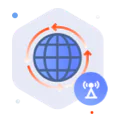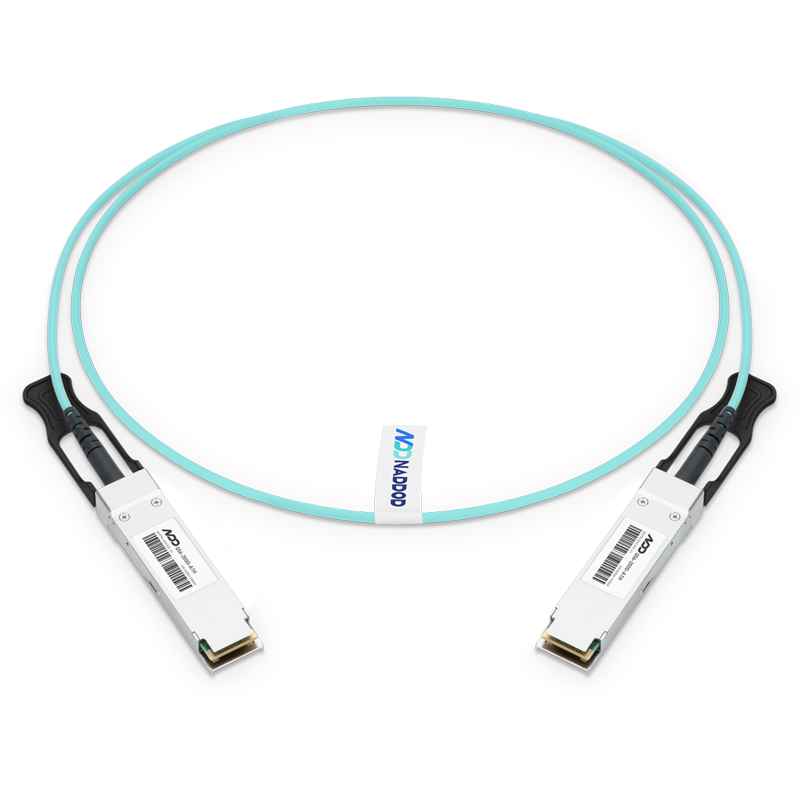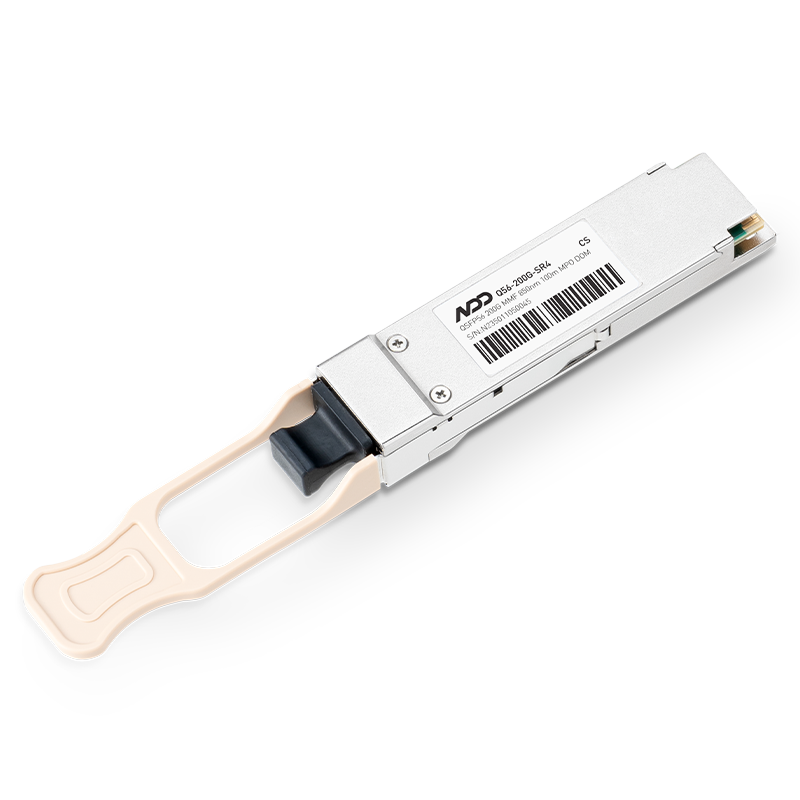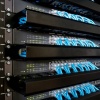In the access layer of a data center, most server NICs (NICs) and storage devices use 10GBASE-T RJ45 ports, while the TOR (top-of-rack) switches connected to them are usually equipped with SFP+ ports and the two cannot be connected directly. To solve this problem, we can convert the SFP+ port of the switch to an RJ45 port using a 10GbE power port module to interconnect 10G RJ45 power port devices to 10GbE SFP+ switches.
What Is SFP+ to RJ45 Port Solution?
The 10 Gigabit Power Port module is widely used in 10 Gigabit Ethernet. One of its major advantages is that it can convert optical ports on the switch to electrical ports to meet the demand for insufficient RJ45 ports on the switch. As shown in the diagram, the 10GbE module has an SFP+ port on one end and an RJ45 port on the other. First, we plug the SFP+ port of the 10GbE module into the 10GbE switch and then use a network cable (e.g. Cat6 or Cat7 network patch cable) to connect the RJ45 port of the 10GbE module to the RJ45 port of the server/storage side, and there is no need to purchase additional equipment (e.g. fiber optic transceiver) to save installation cost.
SFP+ to RJ45 Port Solution
Using high-quality Broadcom chips and consuming less than 2.3W, this is a scalable, flexible, and cost-effective solution. It provides excellent interoperability between 10GBASE-T devices and 10GbE fiber switches and easily converts the switch’s 10G SFP+ ports to RJ45 ports.
4 Factors to Consider before Choosing an SFP+ to RJ45 Port Solution
In real data centers and high-density cabling where network upgrades are a complex process, we need to consider the following four important factors before converting ports.
Network Speed
As operators demand higher bandwidth, data center networks are constantly being expanded and upgraded, from the early days of 1G to 10G, 25G, and beyond. Today, the 10GBASE-T (IEEE 802.3ae) Ethernet standard is the most widely used communication standard for data centers. The 10 Gigabit Ethernet (10GBASE-T) module has auto-negotiated backward compatibility with previous generation 10/100/1000BASE-T networks, allowing for a seamless migration to 10G networks. It follows that when we need to upgrade our network to 10G, we can choose an SFP+ to RJ45 port solution.
Network Cable Types
A network cable (i.e. twisted pair) consists of two copper wires with an insulating protective layer that reduces the effects of electromagnetic interference (EMI) and mutual interference between pairs, improving electromagnetic compatibility. Today, network cables often use aluminum foil as a shield to reduce the effects of crosstalk outside the wire and to protect signals from mutual interference. Currently, Cat5e, Cat6, Cat6a, Cat7, and Cat8 network patch cables are commercially available for use with 10 Gigabit electrical modules, with 10 Gigabit electrical modules offering transmission distances of up to 80m when used with Cat6a and above network cables.
Latency
It is well known that latency is a function of data transmission performance, and the lower the latency, the better the device will communicate. The 10GbE module has a latency of approximately 2.6 microseconds and is stable enough to transmit data accurately over copper cables.
Power Consumption
For data center IT professionals, the amount of power consumed by active devices is critical. After all, every watt consumed by a device means that two extra watts of electricity are needed to cool it down, increasing data center operating costs. Today, optical modules are mainly moving in the direction of low power consumption, with the Flying Speed (FS) 10 Gigabit electrical port module, for example, consuming less than 2.5W, the further the transmission distance, the lower the power consumption.
Advantages and Disadvantages of SFP+ to RJ45 Port Solutions
Advantages
1、Using common RJ45 connectors, supporting backward compatibility and lower network upgrade costs.
2、More economical and efficient compared to purchasing additional 10GBASE-T electrical port switches.
3、More stable and reliable than using 10G SFP+ to RJ45 fiber transceivers.
4、Support multiple transmission rates (10/100/1000Mpbs and 10Gbps), easy to operate and manage.
Disadvantages
1, compared to fiber optic cabling, its power consumption is higher (especially when connecting multiple ports of the switch).
2. Higher heat consumption compared to fiber optic cabling (especially when connecting multiple ports of a switch).
3. increased network latency (especially when connecting multiple nodes).
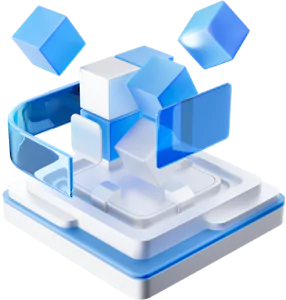
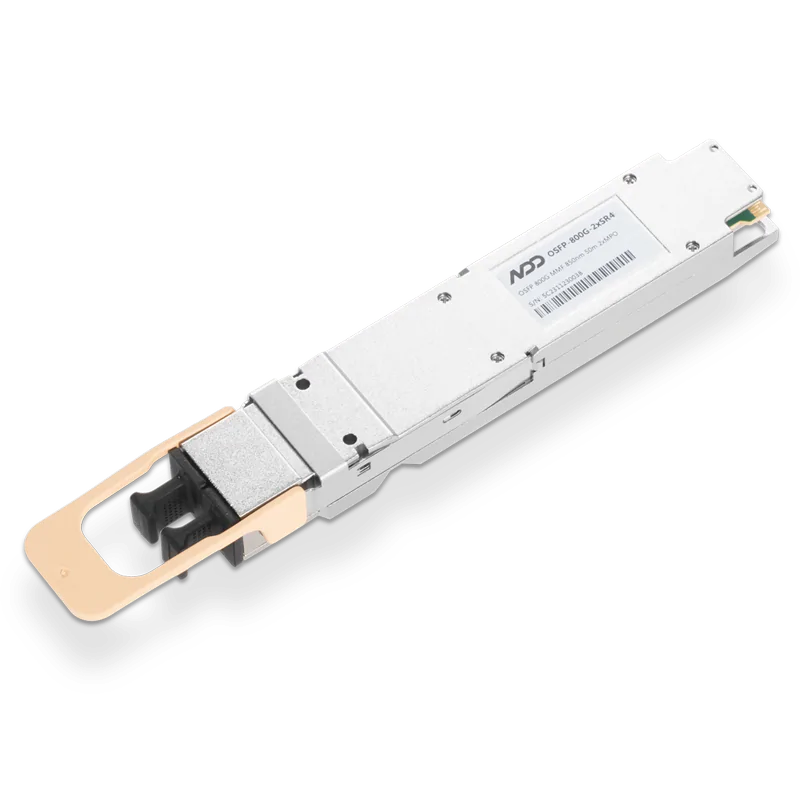 800GBASE-2xSR4 OSFP PAM4 850nm 50m MMF Module
800GBASE-2xSR4 OSFP PAM4 850nm 50m MMF Module


